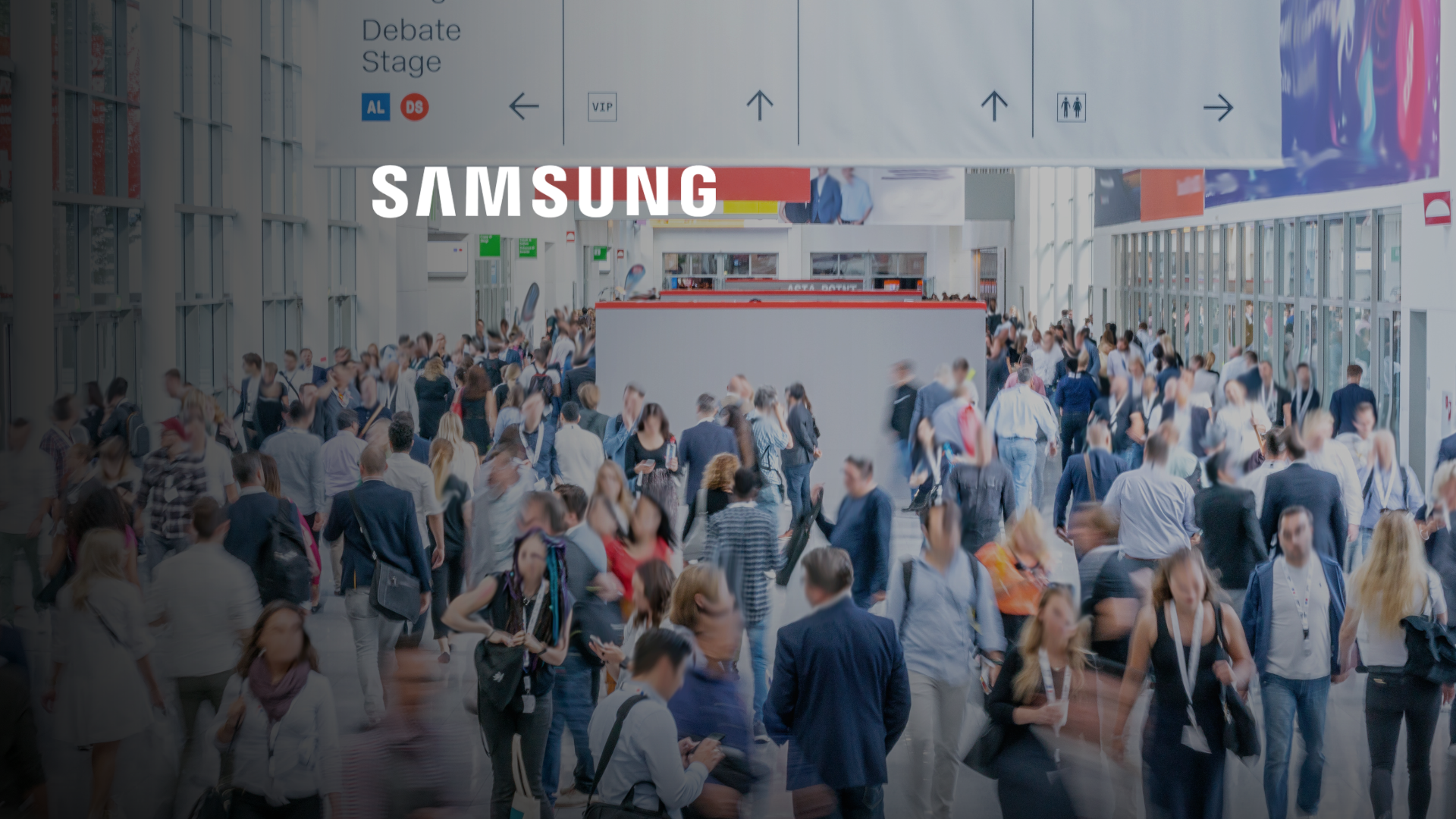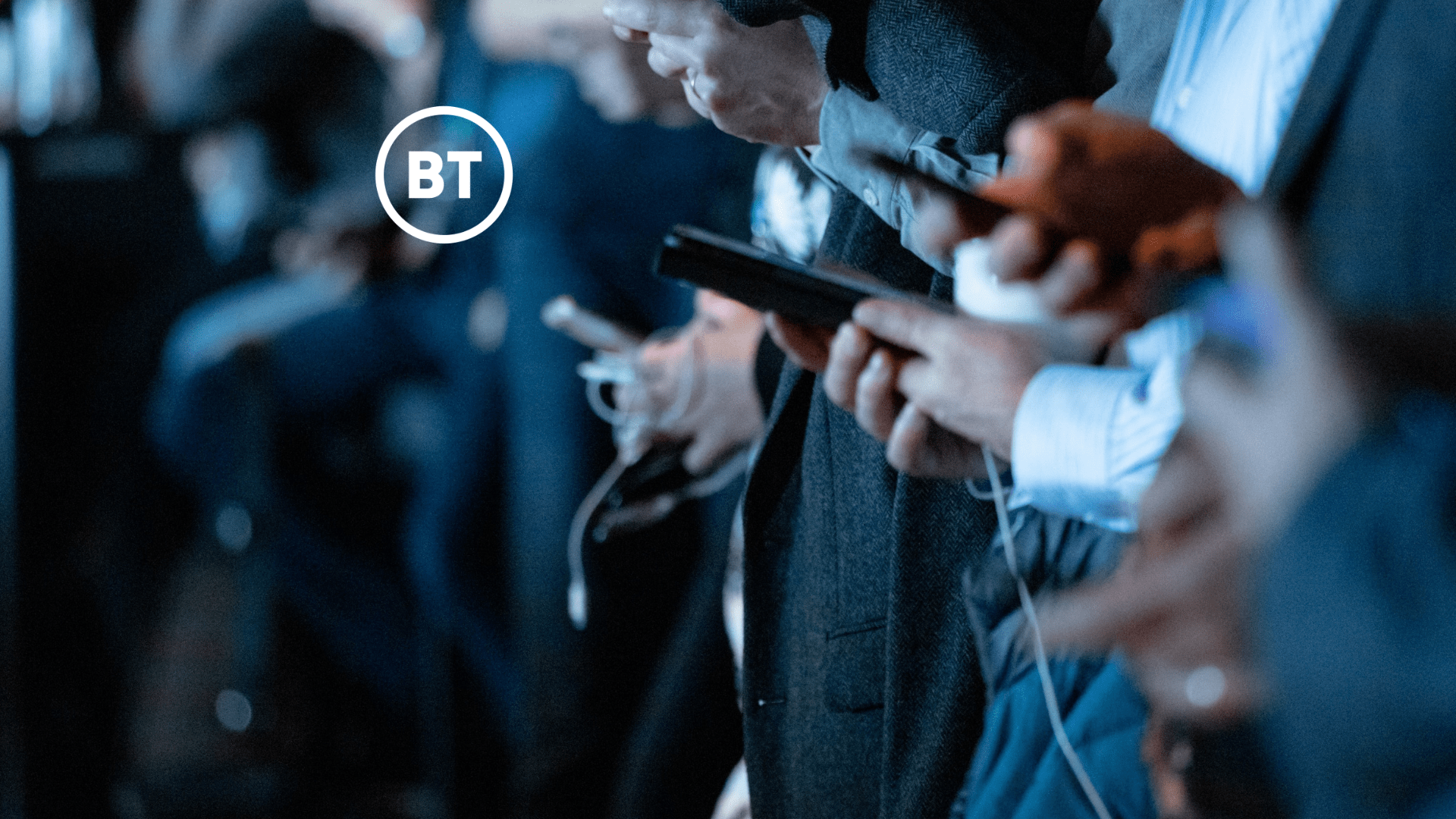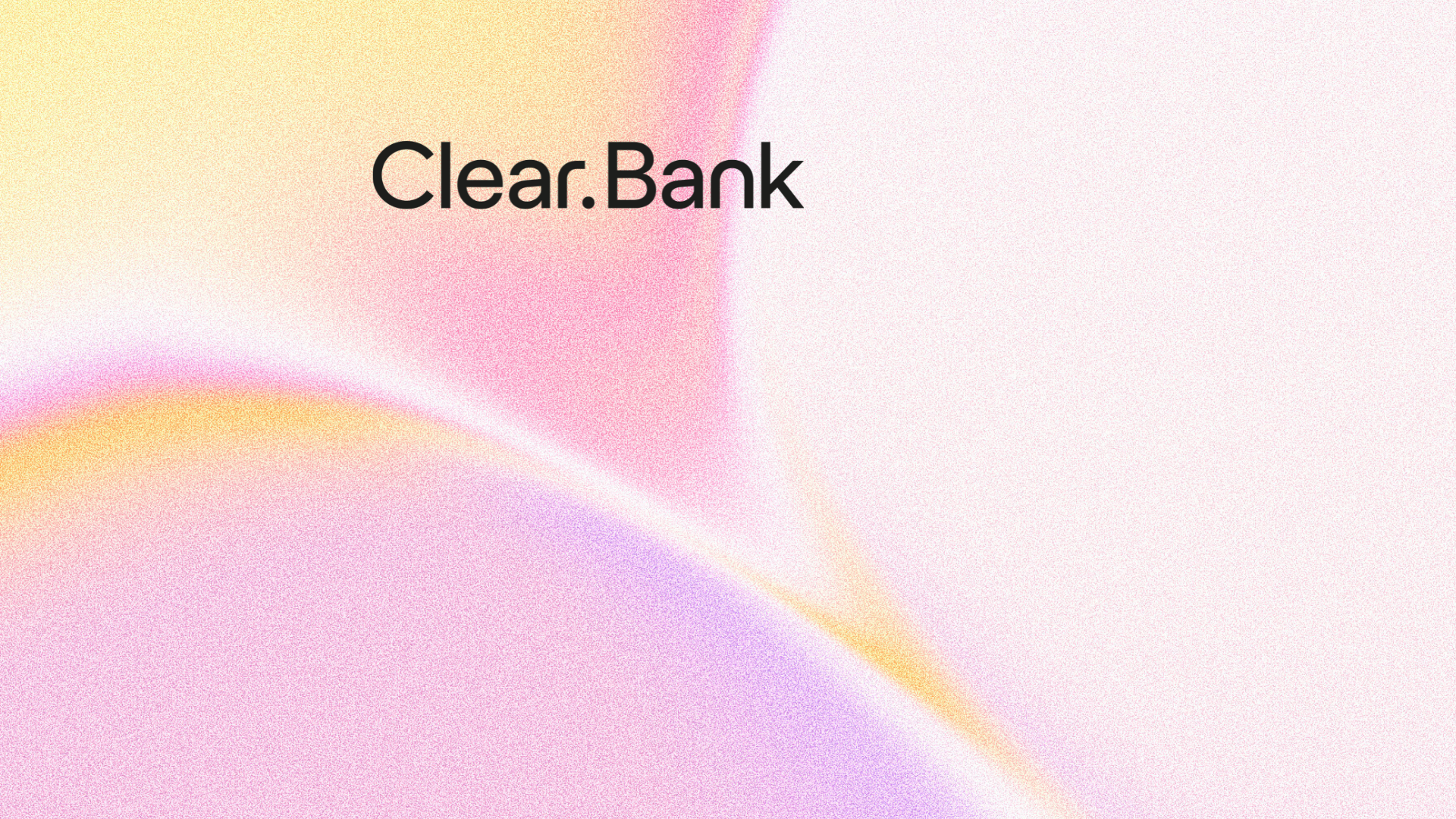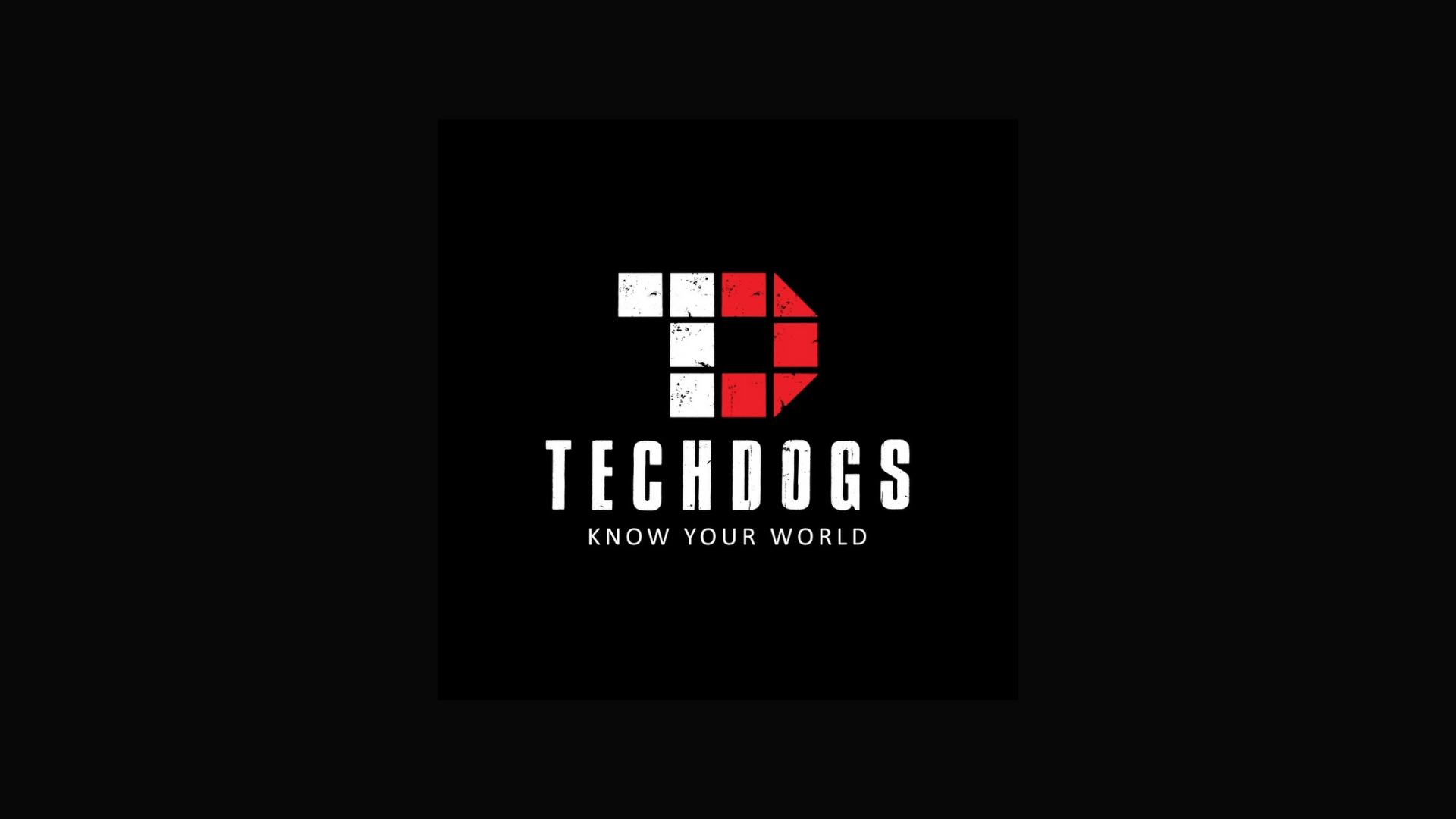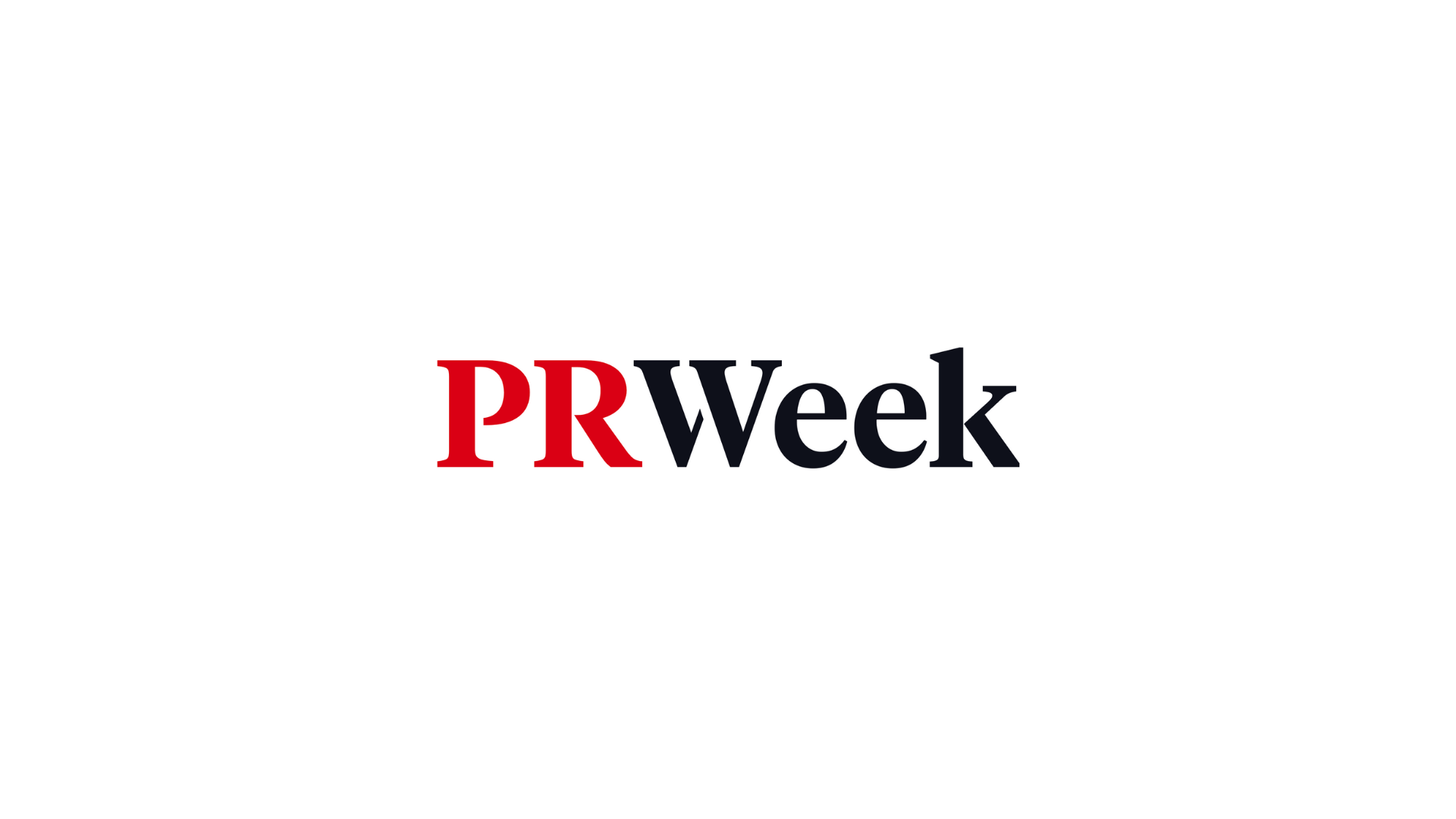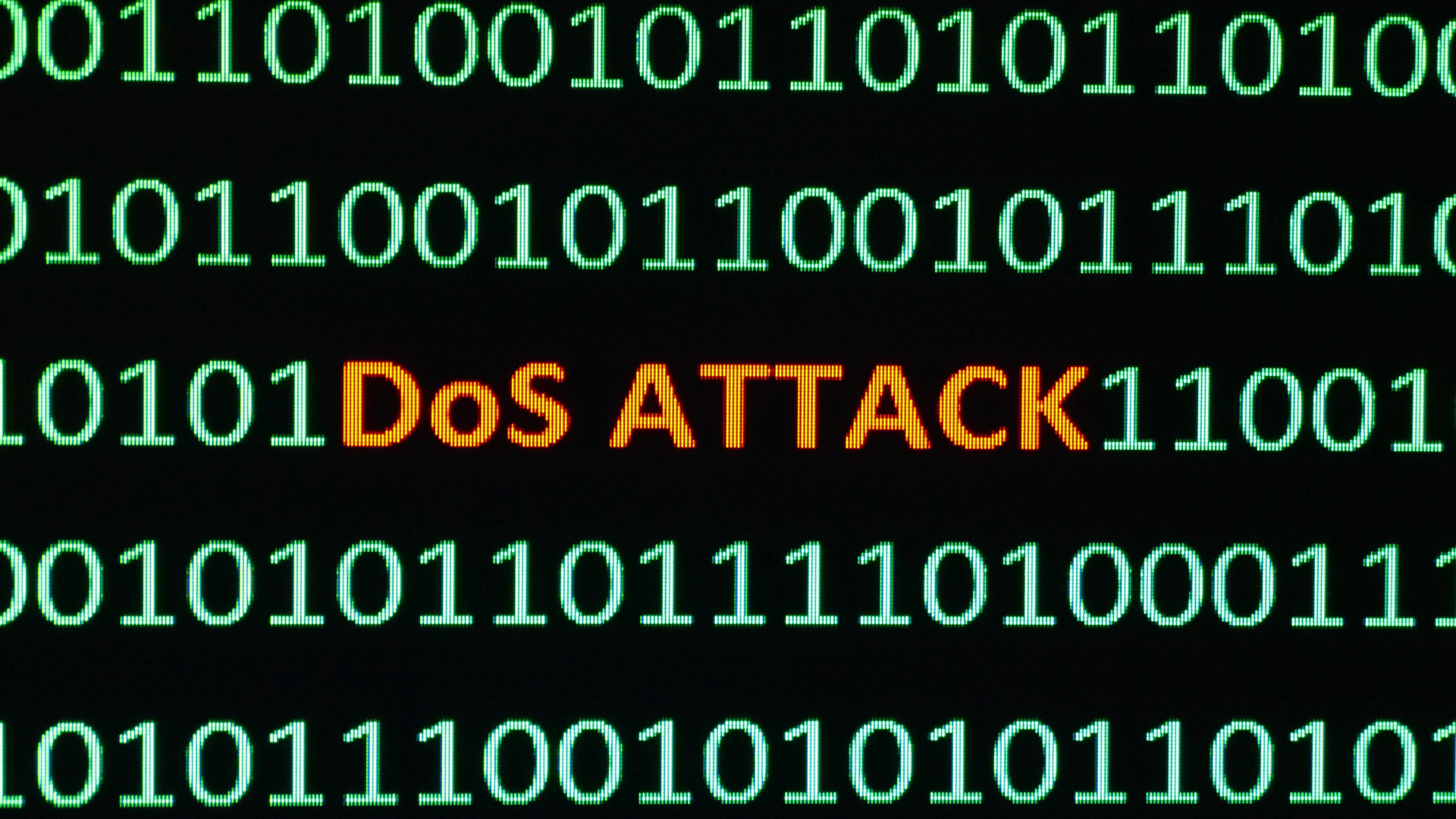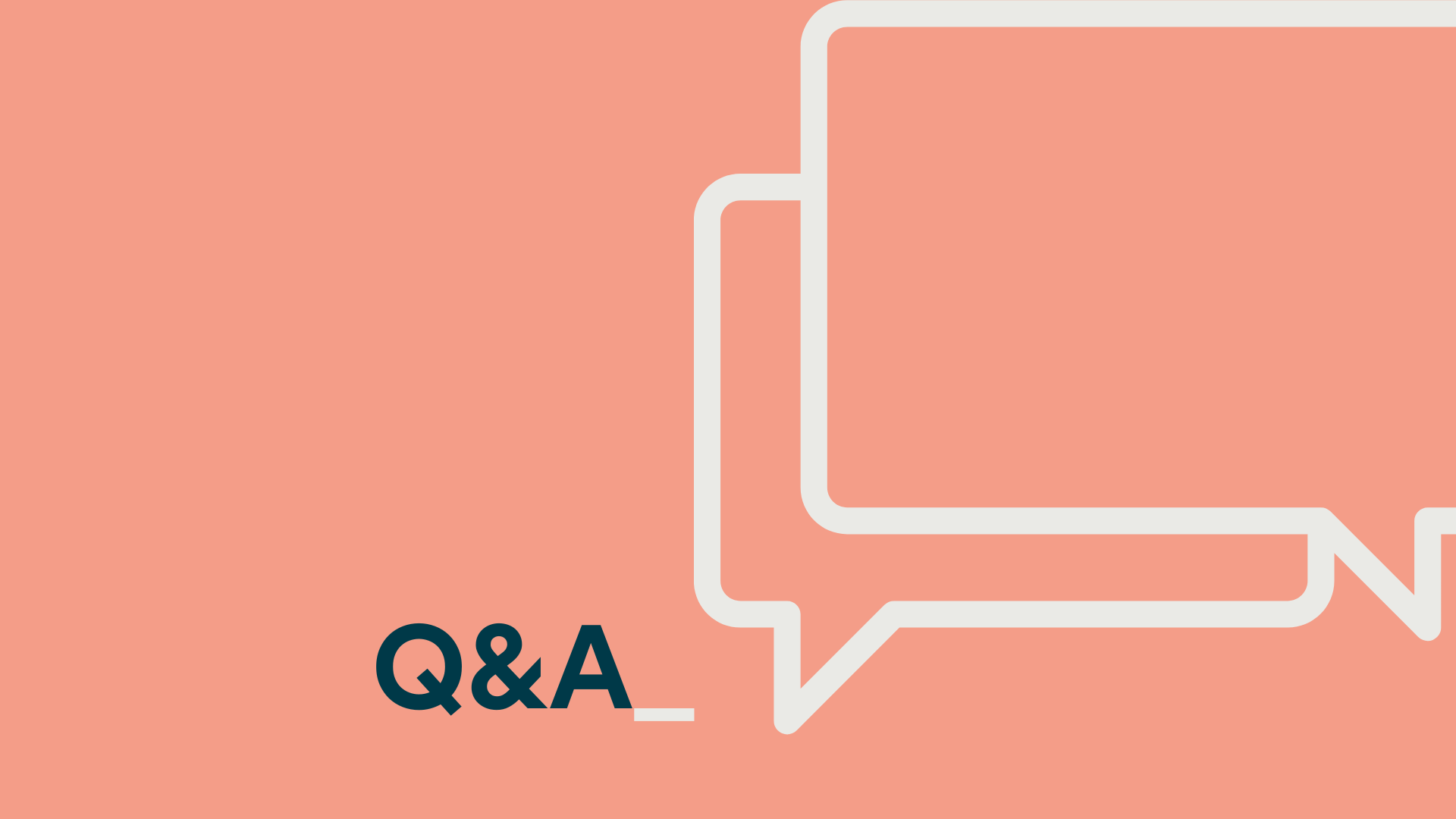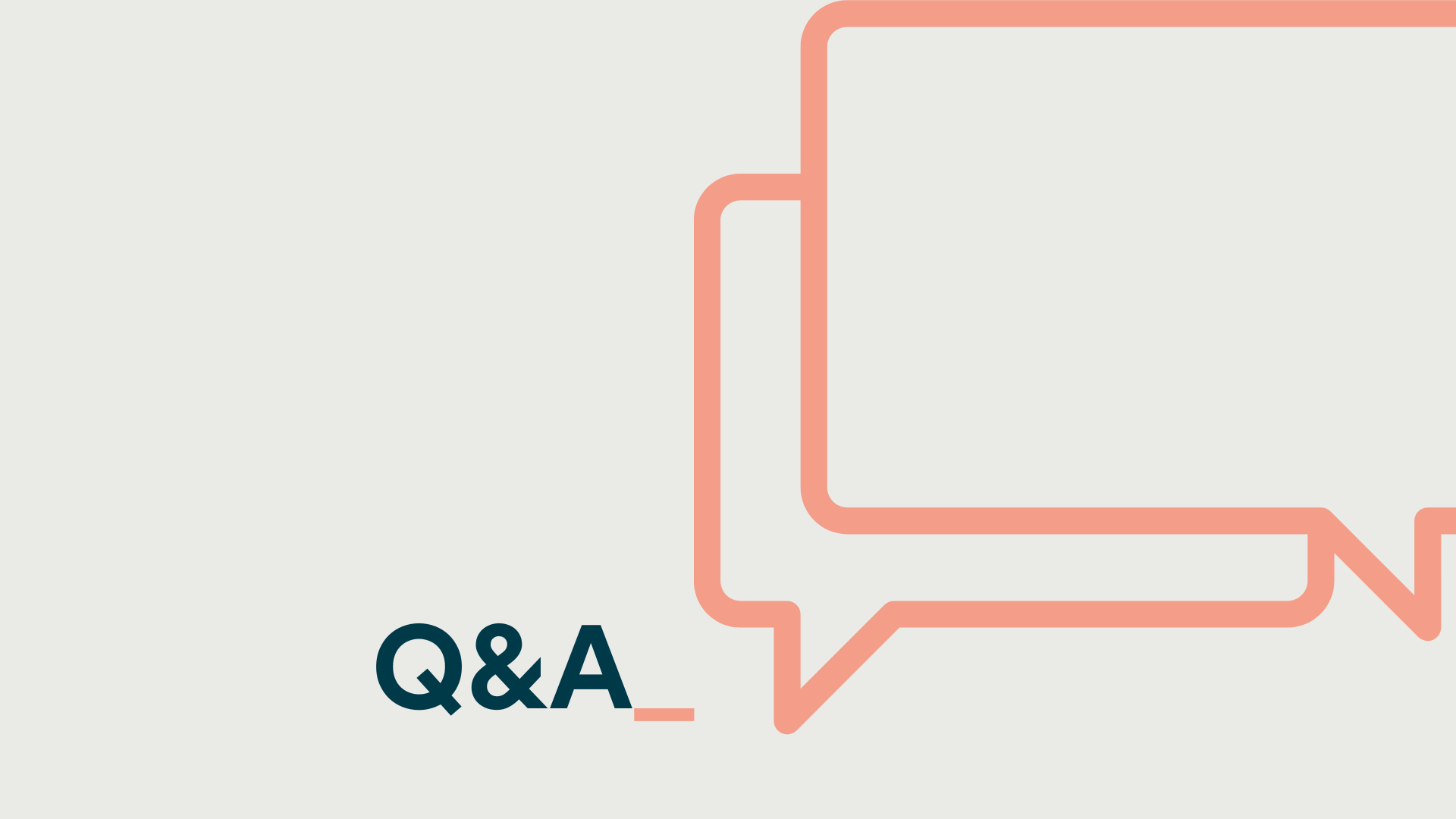In 2025, DDoS attacks aren’t just bigger – they’re smarter. Many are powered by AI-driven botnets, vulnerable IoT devices, and even geopolitical motivations. Whether you’re managing a public-facing digital platform, supporting part of a critical infrastructure system, or delivering essential cloud services, the threat landscape has evolved. And so has the definition of “good” DDoS protection.
What’s changed – and why it matters
1) DDoS is breaking records again
In January 2025, Cloudflare mitigated the largest DDoS attack it had ever seen on record according to their new report. An attack that peaked at 561 million packets per second and reached an unprecedented 56 million requests per second (rps). This followed a sharp uptick in multi-vector attacks that blend volumetric, application-layer, and protocol abuse techniques to overwhelm modern infrastructure.
2) The IoT problem isn’t going away
The flood of poorly secured IoT devices continues to fuel some of the world’s most aggressive DDoS campaigns. From smart cameras to routers, millions of devices are being conscripted into botnet armies – many of which are evolving faster than vendors can patch vulnerabilities.
One example is the Meris botnet, which remains relevant in 2025. First discovered in 2021, it took over MikroTik routers to launch huge floods of web traffic that looked like real users. This made it hard to block and especially dangerous for websites and apps. Even today, many newer attacks still borrow techniques from Meris and use them in more complex, multi-layered DDoS campaigns.
3) DDoS as the new siege warfare
Traditional DDoS attacks were like battering rams – loud and obvious. Today, they resemble siege warfare: prolonged, calculated, and designed to exhaust your defences. But what makes them more dangerous now is how they’re used. Some attackers use DDoS as a distraction – drawing attention away from other targeted attacks like ransomware or credential harvesting. The goal isn’t always to knock you offline. Sometimes it’s just to keep your team busy and distracted while the real damage happens elsewhere.
And increasingly, these sieges are coordinated with ransomware or political motives – especially in industries like finance, healthcare, and logistics.
Why cloud-based defence is now non-negotiable
You can’t defend against modern DDoS attacks using on-prem firewalls and rate-limiters alone. Enterprises need cloud-native, distributed mitigation that scales instantly and filters traffic close to the source.
Key requirements in 2025 include:
- Multi-vector detection is critical, as attackers now blend volumetric floods with stealthy Layer 7 hits in the same campaign. A recent European cyber report documented a four-day multi-vector DDoS campaign that overwhelmed both infrastructure and apps.
- Global edge networks are key to stopping attacks near their origin. Cloudflare’s 330+ city presence and platforms like AWS Shield and Akamai’s Prolexic absorb traffic at scale before it reaches the core.
- Real-time analytics and automation allow modern defences to adapt on the fly. Radware logged a 550% spike in web DDoS in 2025, reinforcing the need for AI-driven mitigation that responds in seconds.
The bottom line
DDoS attacks are no longer digital background noise. They’re a strategic weapon – used to harass, distract, and destabilise. As attackers evolve, enterprises must rethink what resilience looks like.
Whether you’re a cloud-native business or a digital transformation holdout, cloud-based DDoS protection isn’t optional – it’s fundamental.

